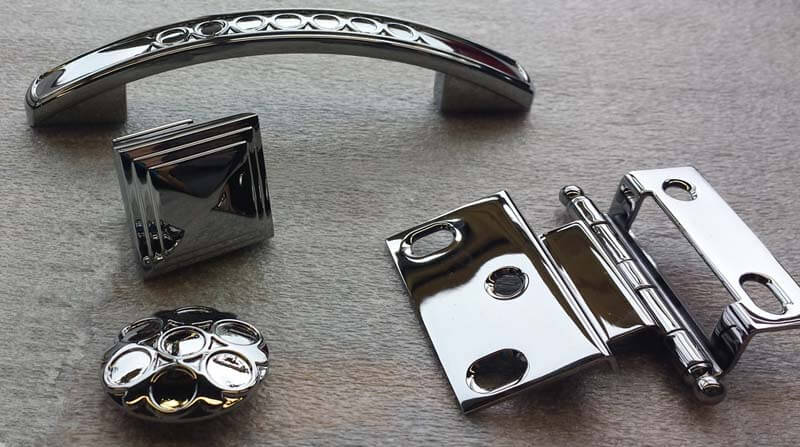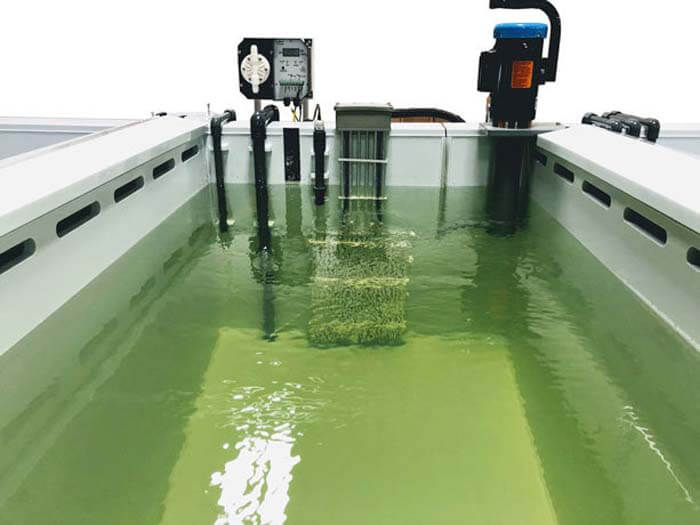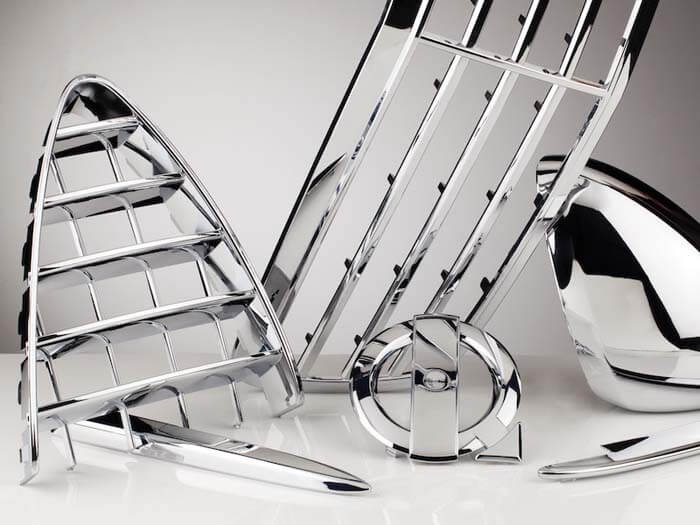Alodine Finish: Complete Guide for Metal Machined Part
Updated: December 04, 2023
Introduction
In precise metal part machining, most of the severe issues to deal with are how to protect metals like aluminum from corrosion. There are varying methods of preventing the deterioration of metals. Yet, the chromate conversion coating is superior to any of them.
Let’s dive into the specificities of this finishing process, the principle of its working, types, characteristics, and applications.
1. What is Alodine(Chem Film)
Alodine is commonly known as chem film. It’s simply coating the metal with chromium through electrochemical processes happening in immersion baths. The result is a rigid and chemically inert coating.
The application of chromate coating can be done in several major methods: simply immersion in a bath, brushing a component, and spraying one. The latter two are not considered conventional methods but rather are optional ones.

2. Principle of the Alodine finish?
The main working principle here is the interaction of chromium salt with an aqueous solution happening across the surfaces of an aluminum part into a chemical bath. It forms an extra coating over the base layer. The process is known as passivation and it’s different from aluminum anodizing.
It’s possible to form a metal-chrome film by keeping an aluminum part in a bath for as long as needed. The coating cannot be removed easily and it fully preserves electrical conductivity.
3. The Alodine Finish Process
Alodine appears to be a common coating. It’s usually the last or second-to-last manufacturing step. Normally, chromate conversion coating serves to create the base for paint coatings. Alternatively, it is followed with some sort of organic coating and then with the packaging itself.
See the example of the industrial-grade chemical bath in the image below.

4. Alodine Coating Types
In fact, there are quite a few types of the chemical conversion coating. Let’s review two of the widespread ones:
- MIL-DTL-5541 Type 1. This is a military specification chemical conversion coating. Its application is performed in the presence of hexavalent chromium specifically, so you may have heard of it as “hex chrome.”
This method of chromate conversion coating has been in use for years before the introduction of other types. Type 1 is simply toxic and does not correspond to legal requirements prevalent in some industries any longer. Unless the film is “clear,” it is usually brown or slightly goldish in color.
- MIL-DTL-5541 Type 2. This is a technological advancement from the prior finishing method. MIL-DTL-5541 Standard 2 application is made in the solution with trivalent chromium. Normally, it does not have a color.
This method is a gold standard of Alodine coating in the industry. It has better properties and is regarded as a completely safe method. Its application method is also more straightforward and is done at lower temperatures. The latter is a benefit at its own level.
Some of the other standards of Alodine finish available are AMS-C-5541, MIL-C-81706, and AMS-2473 and 2474.
5. Main Characteristics of Alodine Finish
The finishing method hardly can be compared to any common coating. But let’s review some of the most notable characteristics:
- Thin film. You may produce the film of any reasonable thickness. Yet, since no one expects it to protect aluminum from external, mechanical stresses, it’s better than coating as thin as possible. The thickness of the layer is typically between 0.5 and 4 microns. So, it’s not gonna alter a component’s dimension.
- Alodine solution is hazardous. The weakness of the method is generally unsafe liquids used to form the coating. Alodine solution is toxic and can cause harm to a human’s skin. So, it must be carefully handled and disposed of.
- Application at room temperature. The problem with most finishes is that they required high temperatures or pressure for their successful execution. There is no such problem when going for chromate conversion coating chemical way. The components do not have to stress that much, consequential, resulting in their better quality.
- Fast application. Since the required coasting is thin, the application lasts for a few minutes only. This positively impacts turnaround times.
- Conductive surface. The method does neither alter electrical properties nor interfere with applying other coating methods afterward.

6. Applications of Alodine Finish
Probably the most interesting thing about the Aloding finish topic is its scope of application. Depending on the method of chromate conversion coating chosen, there are the following options:
- CNC machining industry. Frequently, CNC shops incorporate Alodine finishing to coat the aluminum parts manufacturing as a default option. It makes sense due to the acquired protection against corrosion, at least.
- Aerospace industry. A large portion of aerospace parts are made of aluminum. Alodine finish helps to protect such parts ad landing gears, aircraft hulls, shock absorbers, and others.
- Military and defense industry. The name of the method suggests that it was designed for military components, initially. Combat weapon normally has corrosion protection with chromate.
- Automotive industry. Aluminum is a lightweight metal, so manufacturers of vehicles love to use it a lot. Automotive wheels and vehicle hulls can easily be chemically coated with chromium.
Honestly, Alodine finish is used in nearly any industry, but, probably, chemical and medical, just to make sure components are not in contact with a human’s bare skin.
7. FAQs
7.1 Is Alodine a Carcinogen?
The liquids for forming the Alodine coating are hazardous. It is toxic, and can increase the risk of cancer, and exposure to a large quantity of it may lead to kidney failure. The applied coating is considered safe but prohibited from being applied, for one, to food containers.
7.2 When Should You Apply Alodine?
You should go for Alodine whenever you need to protect your aluminum parts from corrosion for automotive, aerospace, military, CNC, or any other parts. Yet, kindly consider that some components that are used in food and medical industries are likely prohibited from being chromate coating.
7.3 How Long Does Alodine Last?
There is no specific period after which the coating deteriorated. If painted, the protective layer may last for years without reapplication.
7.4 Does Alodine Work on Magnesium?
Yes, Alodine 5200 is approved to be applied onto magnesium surfaces. Other coatings may be partially to fully unsuitable for such pretreating.
7.5 What is the Difference Between Iridite and Alodine?
Iridite is a trade name that is applied to any chromate conversion coating. Alodine is a trade name that can be applied only for MIL-DTL-5541 grade coating.
7.6 Is Alodine Coating Conductive?
Yes, Alodine layer is both electrically and thermally conductive. Normally, it does not interfere with the normal properties of the metal it’s applied onto.
8. Summary
Regardless of the industry you work in, you just have to opt for chromate coating on and off. The exceptions are medical and food niches.
The method ensures excellent protection of aluminum parts against corrosion without altering electrical properties at all. Consider choosing the reliable Alodine finishing service provider for your project to be executed successfully.